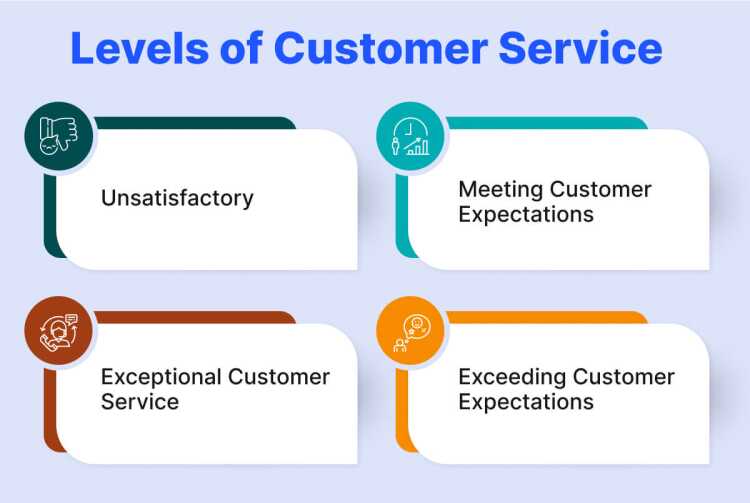What Is The Role Of Customer Service
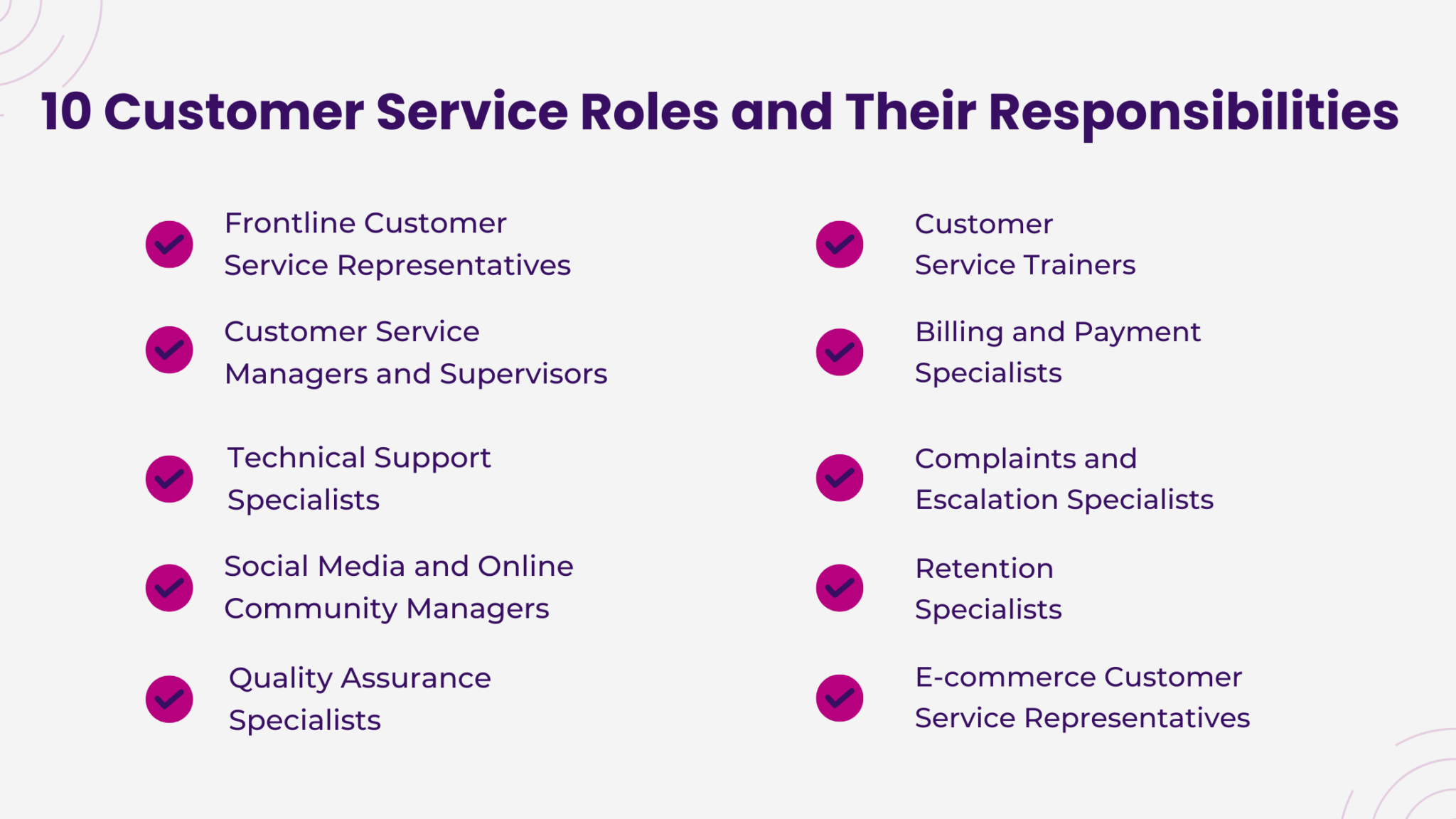
Businesses face unprecedented pressure to deliver exceptional experiences as customer expectations surge. Customer service is no longer just a department; it's the lifeblood of modern commerce.
This article dissects the critical role of customer service in today's market, highlighting its impact on revenue, brand loyalty, and overall business survival.
The Core Function: Problem Solving and Support
At its heart, customer service resolves issues and answers inquiries. This includes troubleshooting product malfunctions, clarifying policies, and processing returns.
Effective customer service proactively anticipates needs, going beyond reactive problem-solving to foster positive interactions and build trust. Proactive support is key.
Boosting Revenue and Driving Sales
Exceptional customer service directly impacts the bottom line. Happy customers are more likely to make repeat purchases and recommend a business to others.
According to a HubSpot report, 93% of customers are more likely to be repeat customers at companies with excellent customer service. It's a simple equation: satisfied customers equal increased revenue.
Furthermore, positive word-of-mouth marketing, fueled by great service, acts as a powerful and cost-effective sales driver.
Building Brand Loyalty and Advocacy
In a crowded marketplace, customer service differentiates brands. Consistent positive experiences foster a sense of loyalty that transcends price points.
Brand loyalty is earned through attentive, personalized service that demonstrates a genuine commitment to customer satisfaction.
Customers who feel valued and understood become brand advocates, actively promoting the business within their networks.
The Digital Revolution: Omnichannel Support
Today's customer service landscape is overwhelmingly digital. Customers expect seamless support across multiple channels, including phone, email, chat, and social media.
Omnichannel support requires a unified approach, ensuring consistent messaging and a frictionless experience regardless of the chosen channel.
Businesses must invest in technology and training to empower their teams to effectively manage these diverse interactions.
Data-Driven Insights and Continuous Improvement
Customer service interactions generate valuable data. Analyzing this data reveals trends, identifies pain points, and informs strategic decisions.
Metrics such as customer satisfaction (CSAT) scores, net promoter scores (NPS), and resolution times provide insights into service performance.CSAT and NPS are crucial KPI.
By continuously monitoring and improving these metrics, businesses can optimize their customer service strategies and enhance overall customer experience.
The Human Element: Empathy and Personalization
While technology plays a crucial role, the human element remains paramount. Customers crave empathy, understanding, and personalized attention.
Empowering customer service representatives to exercise discretion and offer tailored solutions fosters deeper connections and stronger relationships.
"People will forget what you said, people will forget what you did, but people will never forget how you made them feel." - Maya AngelouThis quote is a must in this subject.
Businesses that prioritize empathy and personalization create a more human-centric customer experience.
Future Trends: AI and Automation
Artificial intelligence (AI) and automation are transforming customer service. Chatbots, AI-powered assistants, and automated workflows are streamlining processes and improving efficiency.
However, it's crucial to strike a balance between automation and human interaction. AI should augment, not replace, human agents, particularly for complex or sensitive issues.
The future of customer service lies in seamlessly integrating AI and human capabilities to deliver exceptional experiences at scale.
Moving Forward: Prioritizing Customer-Centricity
The role of customer service is evolving rapidly. Businesses must embrace a customer-centric mindset to thrive in today's competitive market. Organizations should prioritize the collection and analysis of customer feedback, and use this data to inform decisions.
Ongoing investment in technology, training, and a culture of empathy is essential for building a world-class customer service organization. Customer centricity is the future.

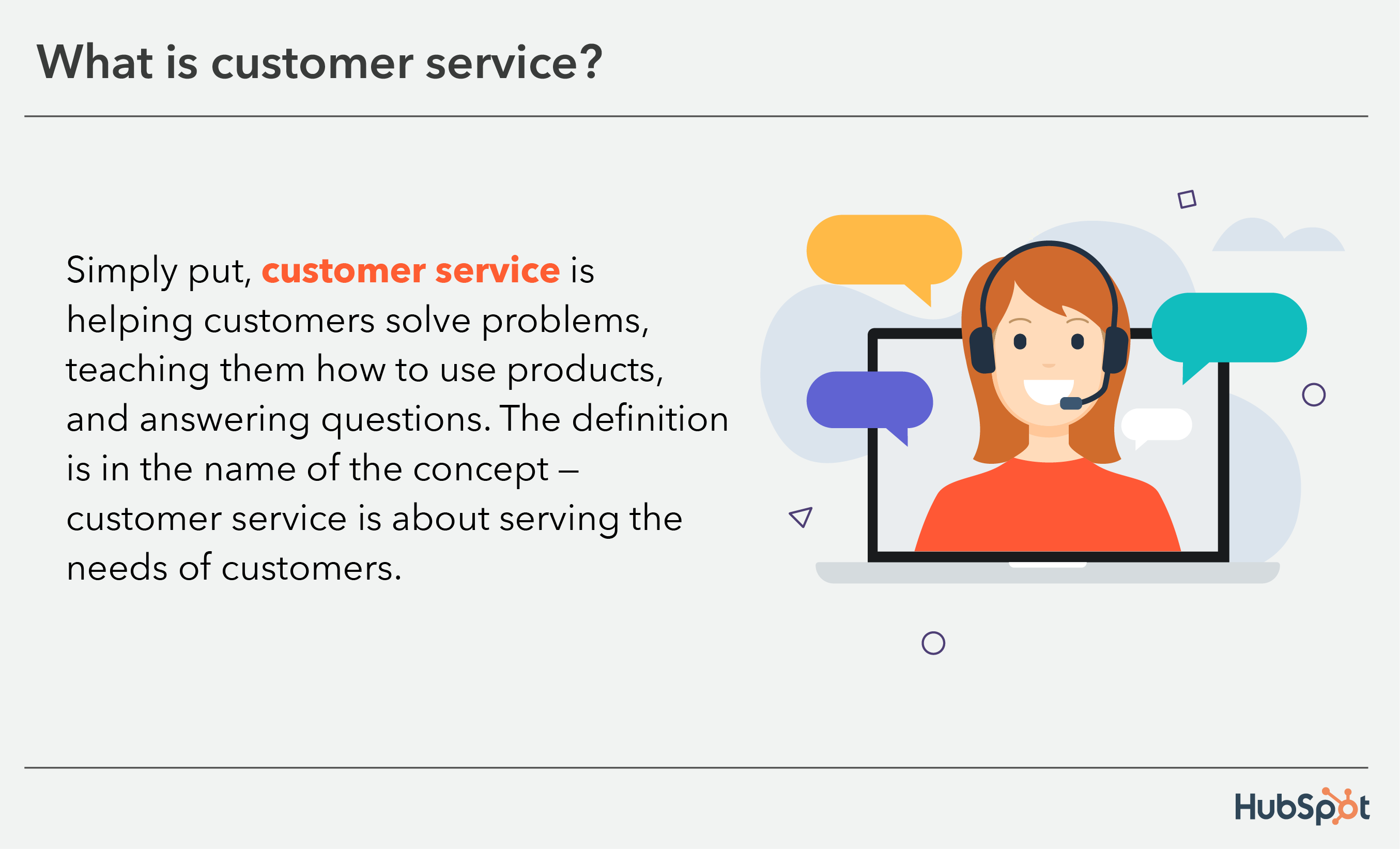
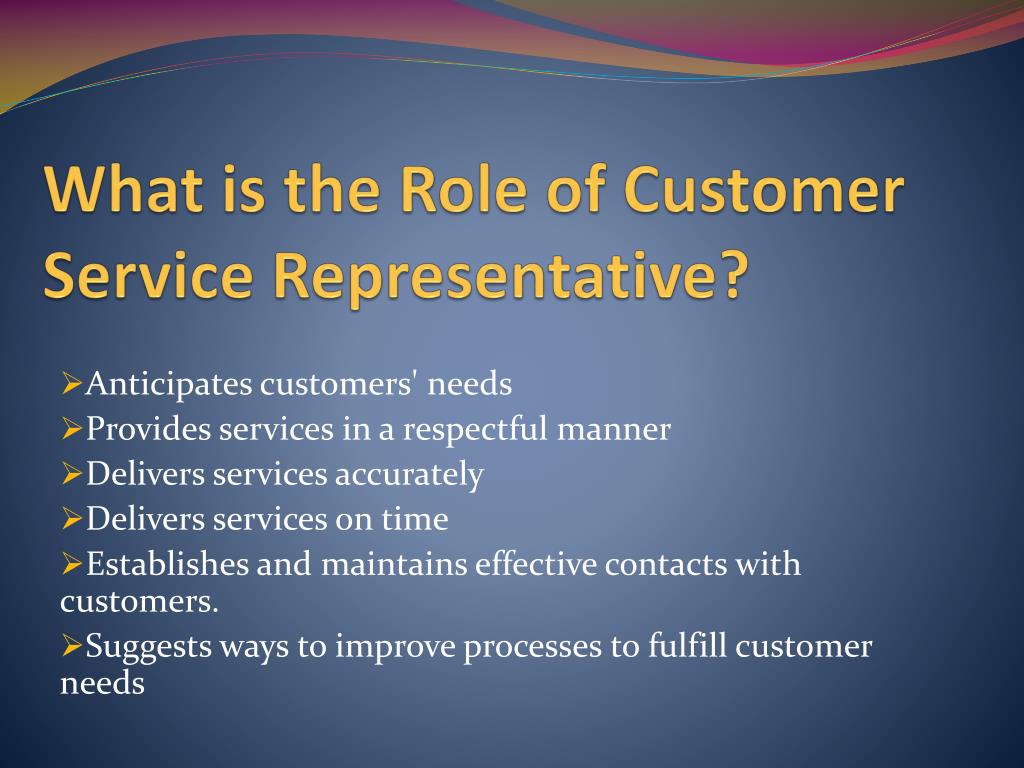
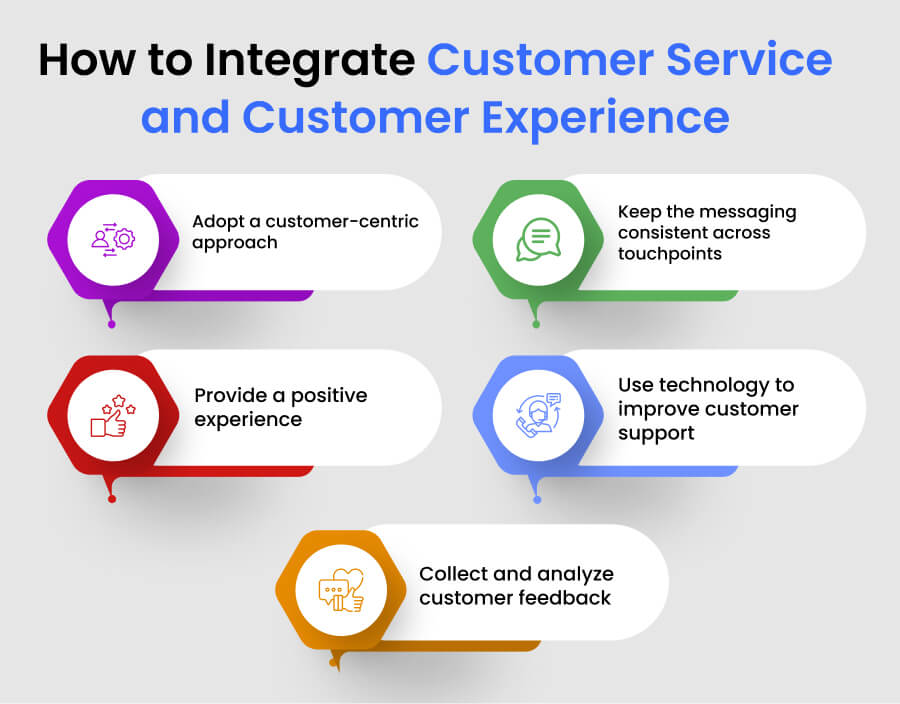
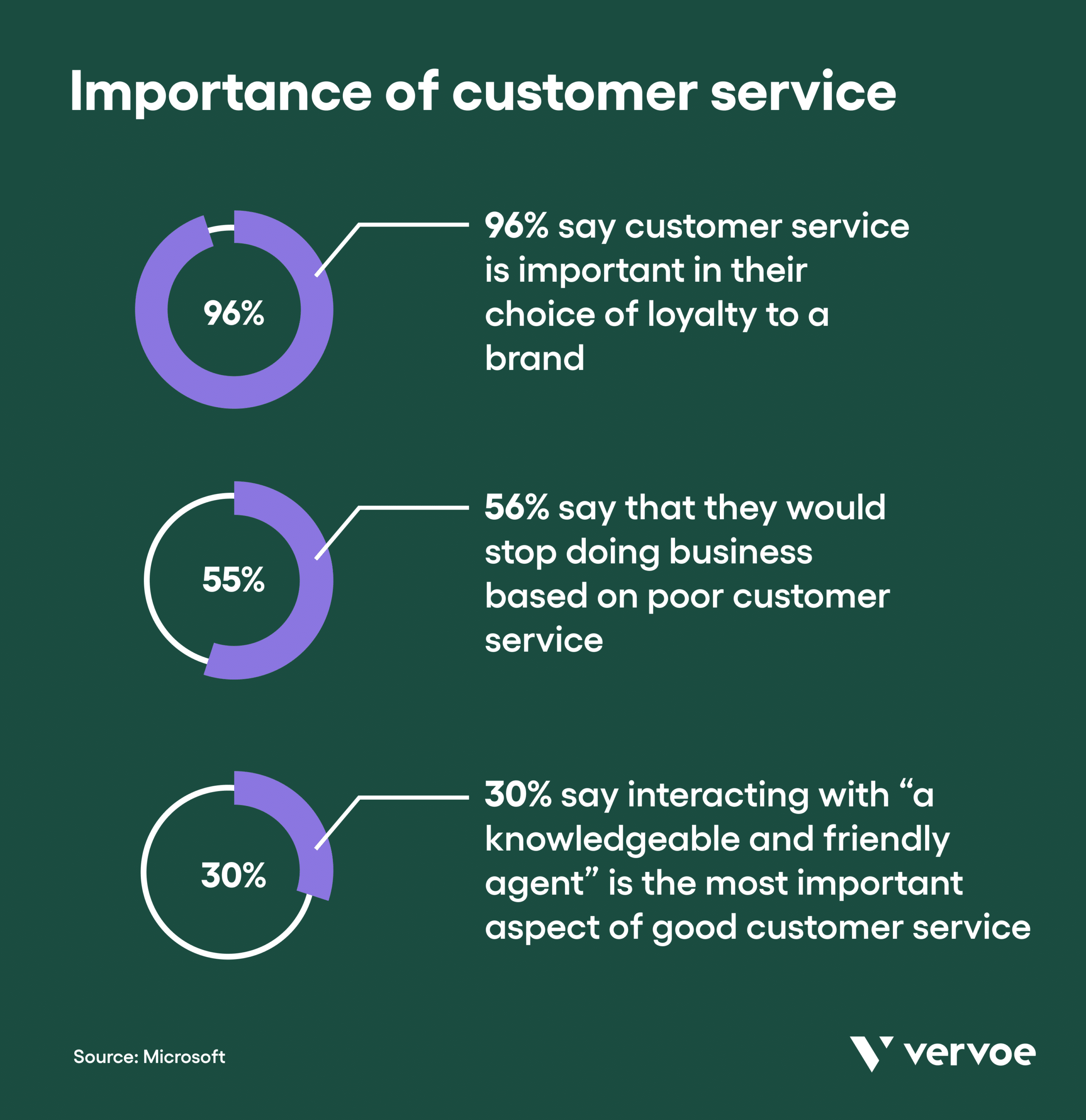
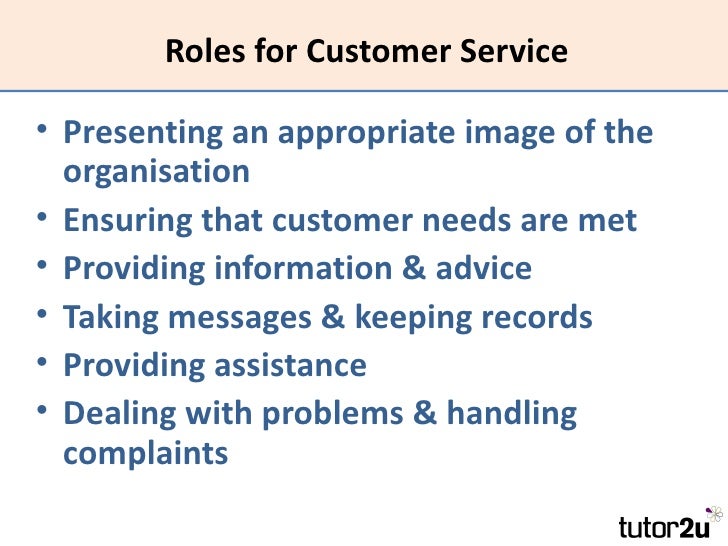
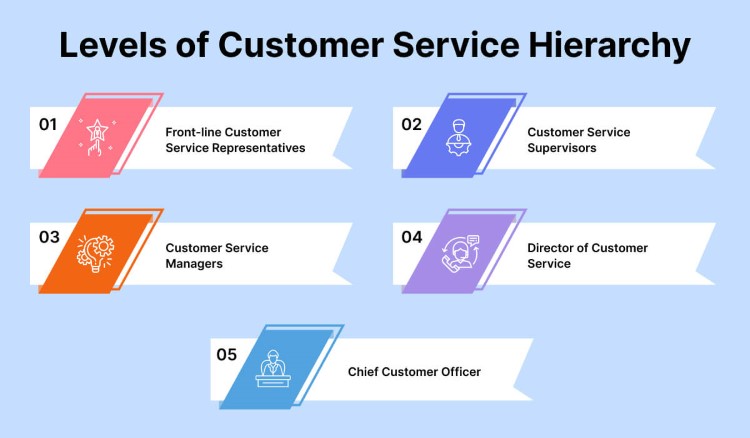
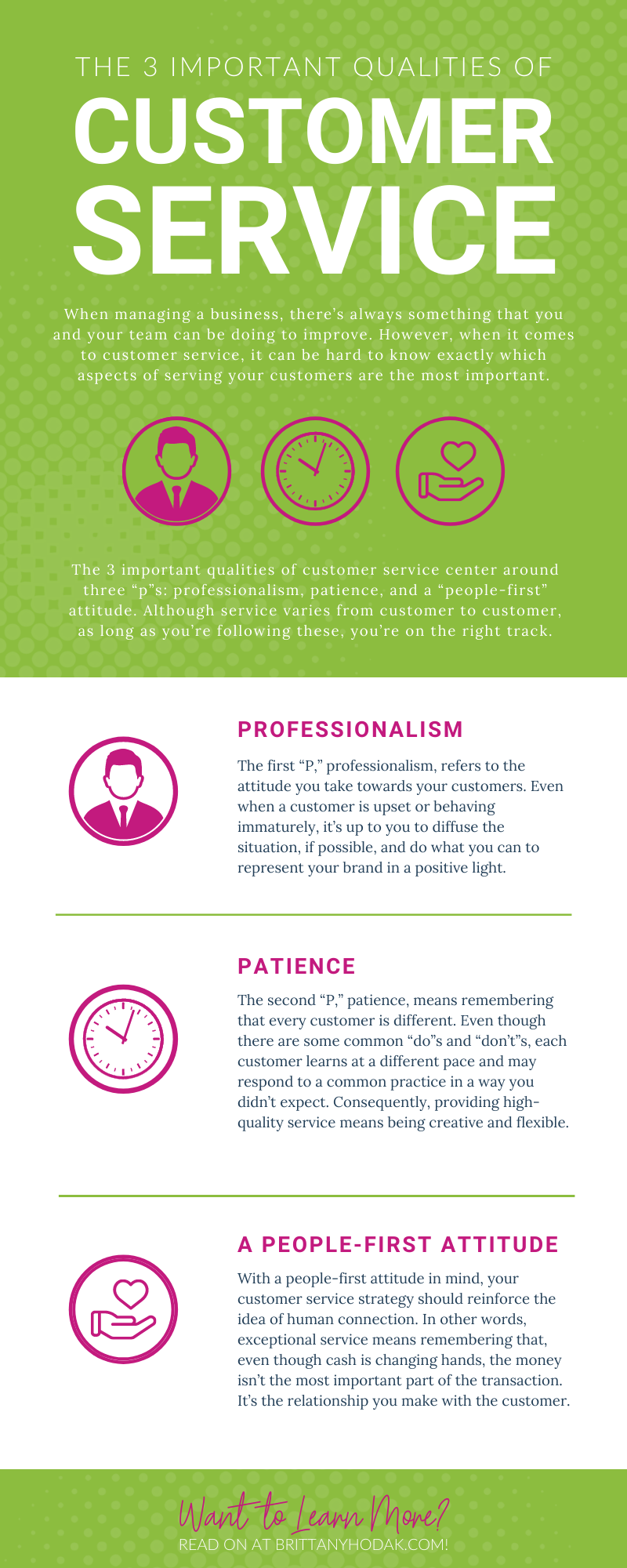

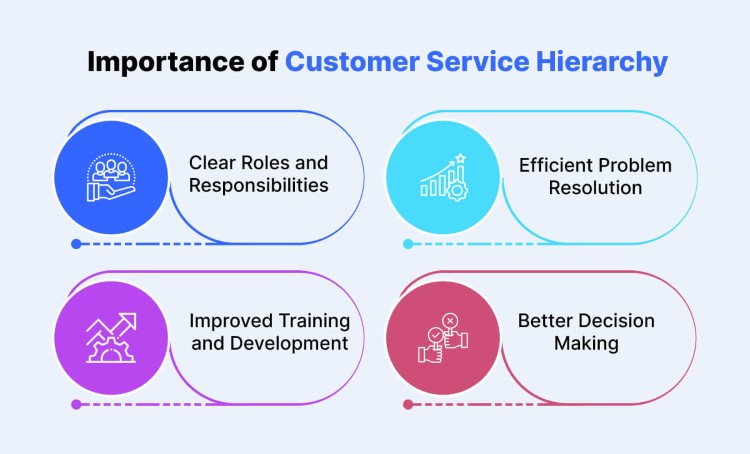
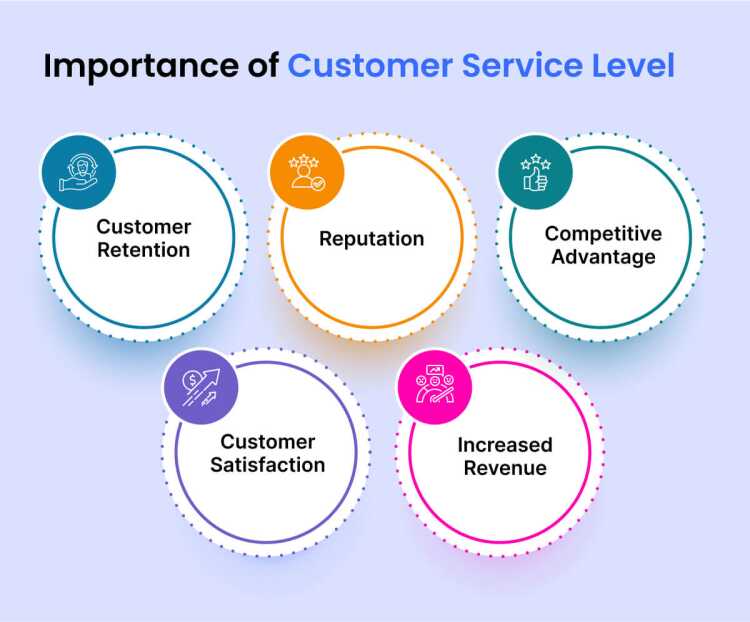
![What Is The Role Of Customer Service Customer Service Representative Job Description [Updated for 2025]](https://d341ezm4iqaae0.cloudfront.net/assets/2019/05/26134741/Customer_Service-02-1_lambdaoptimized.webp)




